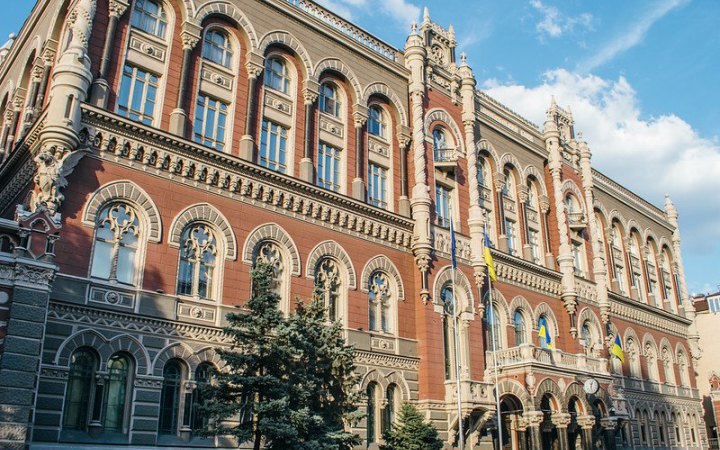The Board of the National Bank of Ukraine has taken a decision to set its key policy rate at 16% effective 27 October 2023, making it equal to the rate on overnight certificates of deposit (CDs).
In such a way, the NBU said it is modernizing the operational design of its monetary policy in line with the lower-bound system.
Interest rates on the NBU’s other transactions with the banks have been set as follows: the key policy rate + 4 pp (20%) for three-month CDs and the key policy rate + 6 pp (22%) for refinancing loans. The rates on the NBU’s transactions with the banks will thus actually remain unchanged.
The modernization of monetary policy operational design will reinforce the signaling role of the key policy rate amid the structural liquidity surplus. In particular, such changes will enable the NBU to maintain short-term hryvnia interbank rates close to the key policy rate. As a result, the NBU will have more power to influence expectations of economic agents and motives of their economic behavior.
Inflation has been decreasing rapidly over past months, primarily on the back of strong harvests of agricultural crops, the NBU noted.
In September, inflation declined to 7.1% yoy. Such price dynamics were primarily driven by large supply of agricultural produce of the new harvest, in particular fruits and vegetables, sugar beet, grains, and oilseeds.
Core inflation also slowed considerably in September, to 8.4% yoy.
According to the NBU's estimates, inflation continued to decelerate in October, which was, among other things, driven by the maintained exchange rate sustainability against the backdrop of the successful transition to managed exchange rate flexibility.
The NBU has improved its end-2023 inflation forecast, from 10.6% to 5.8%. This was mainly driven by the impact of the large harvest on food price dynamics.
At the same time, the NBU has revised its 2024 inflation forecast upward, from 8.5% to 9.8%.
Going forward, inflation will decelerate to 6% in 2025.
The NBU improved its real GDP growth forecast from 2.9 to 4.9% in 2023. The faster pace of economic recovery is driven by a number of factors. They include improved adaptability of businesses and households to wartime conditions, better estimates of harvests compared to the previous forecast, more alternative routes of export supplies, and larger budgetary spending.
In 2024, the economy will grow by 3.6% despite persistently high security risks. The economic recovery will be supported by continued development of alternative supply routes and sustained loose fiscal policy, which will support consumer demand. On the other hand, still complicated logistics and investment being limited by the war will be a drag on economic growth.
The NBU forecasts that real GDP growth will accelerate to 6% in 2025.
One of the assumptions is that Ukraine will receive a total of USD 45 billion in financial aid loans and grants this year. These disbursements remain the main source of covering the high budget deficit, which stands to widen to almost 29% of GDP this year.








